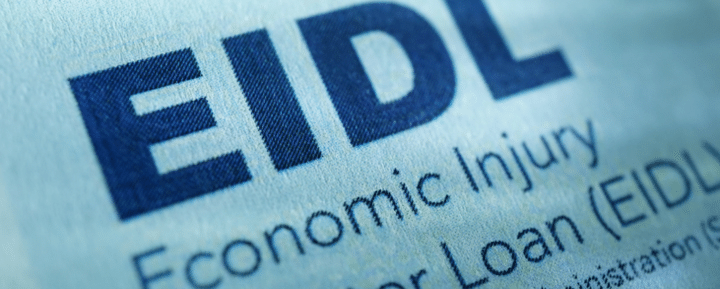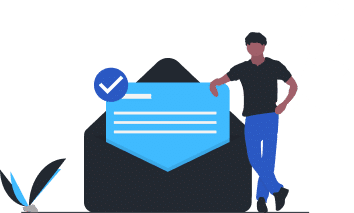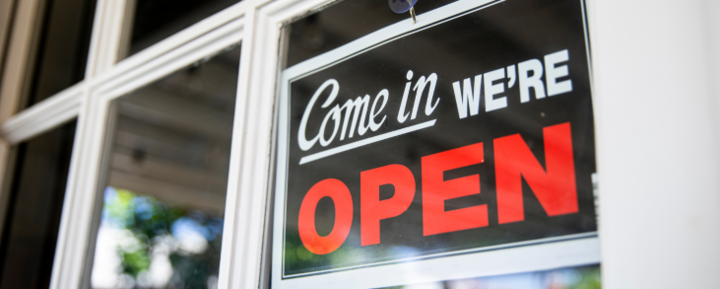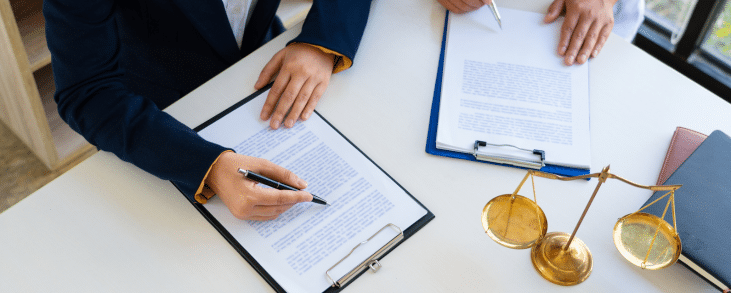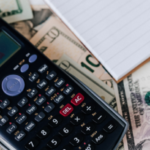The Economic Injury Disaster Loan (EIDL) program is designed to help struggling businesses and other organizations that have suffered economic injury due to a declared disaster. During the coronavirus pandemic, Congress expanded the program nationwide.
While pandemic-specific EIDL loans are no longer available, you may still qualify for financing if your business is located in a disaster area. Here’s what you need to know about the program, how repayment works and the steps you can take if you’re struggling to keep up.
Introduction to EIDL Loans
The EIDL loan program can provide relief for small businesses, small agricultural cooperatives and many private nonprofit organizations in declared disaster areas.
The loan is specifically meant to cover working capital and normal expenses, such as rent, utilities, fixed debt payments and health care benefits. Other uses, such as expanding, debt refinancing, repairing physical damages and paying out dividends or bonuses, are prohibited.
The Small Business Administration (SBA) closed applications for COVID-19 EIDL loans in early 2022. However, the program is still available for localized disaster areas.
Key EIDL Loan Features
If you’re eligible for an EIDL loan, here’s what you can expect in terms of loan amounts, repayment terms and interest:
- Loan amount: Up to $2 million
- Repayment term: Up to 30 years, based on your ability to repay
- Interest rate: Will not exceed 4%
In addition to a long repayment period, the Small Business Administration (SBA) defers your first payment until 12 months after your funds are disbursed—and that’s 30 months if you received a loan under the COVID-19 program.
What’s more, interest doesn’t accrue during the initial deferment period. There is no prepayment penalty or fee if you pay off the loan early.
EIDL Eligibility Requirements
To qualify for an EIDL loan, your business must meet certain criteria laid out by the SBA. Requirements include:
- The business was physically located in a disaster area.
- Your business was directly impacted by the disaster.
- Your business is unable to meet its financial obligations and pay its regular and necessary operating expenses.
It’s important to note that a loss of expected profits or a decline in sales isn’t enough on its own to qualify your business for an EIDL.
The amount you qualify for will depend on the extent of the financial impact the disaster has had on your business and your company’s financial needs until normal operations can resume.
EIDL Loans vs. Other SBA Loans
The SBA offers a variety of loan options to small business owners, but the EIDL program sets itself apart by focusing on suffering businesses in disaster areas. Also, the SBA provides EIDL loans directly, while other loan programs are offered through intermediary lenders.
Here’s a quick comparison between the EIDL program and other popular SBA loan programs:
- 7(a) loan program: Most businesses are eligible for 7(a) loans, which can be used for a variety of expenses and needs. Eligible business owners may be able to borrow up to $5 million, though some express loans have lower limits. Interest rates and repayment terms vary depending on how much you borrow and your ability to repay, respectively.
- Microloan program: Designed for newer businesses, the microloan program offers up to $50,000, which can be used in a variety of ways, excluding paying existing debt and buying real estate. Repayment terms can vary with a maximum of seven years, and interest rates generally range from 8% to 13%.
- 504 loan program: This loan program is meant for business owners looking to purchase, build or upgrade facilities and other assets. It can’t be used for things like working capital or refinancing certain debts. Loan amounts max out at $5 million, and repayment terms can range from 10 to 25 years. Interest rates are based on the 10-year Treasury yield and a margin above that benchmark.
Potential Challenges in EIDL Loan Repayment
While the SBA provides a 12-month deferment period after disbursement—30 months for COVID-19 EIDL borrowers—some business owners may not be ready to start making payments.
For example, you may be experiencing continued cash flow issues due to the disaster that impacted your business, or you may be affected by various economic changes, such as inflation, tariffs and other challenges.
Here are some potential options if you’re experiencing hardship.
Hardship Accommodation Plan
The federal agency offers a Hardship Accommodation Plan that you may be able to take advantage of. If you’re eligible, you may only need to pay 10% of your usual payment for six months.
That said, interest will continue to accrue during that period, and you may have to make a balloon payment after you complete the six-month period. As a result, the Hardship Accommodation Plan is best for short-term challenges.
File for Bankruptcy
Depending on your circumstances, you may be able to discharge an EIDL loan in bankruptcy. However, the conditions must be right for you to qualify:
- Personal guarantee: Larger loans require a personal guarantee, which means you’re on the hook if your business can’t repay the debt.
- Collateral: Larger EIDL loans may also require collateral, which can complicate things. In this instance, the SBA may seize the collateral to satisfy the debt.
- Bankruptcy type: You may be able to discharge EIDL debt in Chapter 7 bankruptcy if there’s no personal guarantee, but it may require you to liquidate your business assets to do so. You may also be able to discharge some of the debt in Chapter 13, though you’ll need to first complete a repayment plan. Discharge may not be an option under Chapter 11 bankruptcy, but you may be able to renegotiate terms.
Strategies for EIDL Loan Repayment
Whether you’re struggling to keep up with your payments or you want to be more effective in repayment, here are some tips to help you.
Budget for Loan Payments
Take some time to review your cash flow statement to get an idea of how your business is spending its money. During your evaluation, you may find opportunities to reduce expenses in some areas to make room for EIDL loan payments.
Explore Refinancing Options
Refinancing likely won’t be the best move for most business owners because it’d be hard to beat the interest rate and long repayment term of an EIDL loan.
However, if you can find a way to refinance the debt to reduce the monthly payment or save money on interest charges, it could be worth it.
Avoid Default
If your business is struggling to keep up with payments, reach out to the SBA to explain your situation and ask about relief options. You may also consider selling non-essential assets, reprioritizing your financial obligations, and reducing operating expenses.
If your loan has a personal guarantee, you may need to dip into your personal income or savings to stave off default.
Seek Legal Help
If you feel overwhelmed by your EIDL debt, it could help to seek legal advice. An experienced debt attorney can help you better understand your situation, outline your potential personal obligations, and give you insight into which legal steps may work best for you.
The Bottom Line
The EIDL loan program can provide a much-needed cash injection to struggling businesses in disaster areas. However, while the program offers generous terms, some business owners may still have trouble keeping up with repayment.
At Tayne Law Group, we offer a no-obligation, free consultation to get to know your business and its challenges and can discuss potential strategies to get a resolution on your EIDL debt. Call us today for a free no obligation phone consultation toll-free at (866) 890-7337 or fill out our short contact form.
